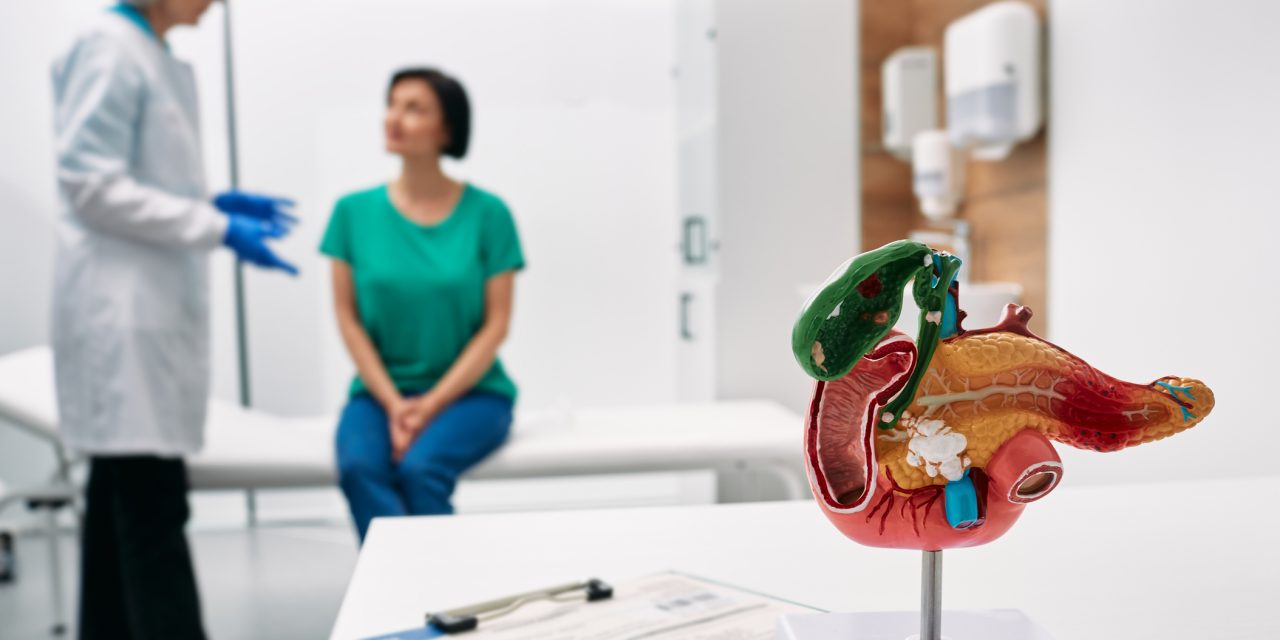Every 17 seconds, someone in the United States is diagnosed with diabetes, according to the American Diabetes Association. More than 26 million Americans have diabetes, and about 90% of cases are type 2. Data from the CDC estimate that 1.9 million Americans were diagnosed with diabetes in 2010 (Figure).
Many patients who are newly diagnosed with diabetes may be distressed after receiving the news. They may fear the worst about the treatments and lifestyle changes that lie ahead. Others may choose to ignore the disease or fail to grasp the severity of the situation. They may leave their doctor’s office with a poor understanding of what is required of them to get their diabetes under control so they can avoid serious complications, such as heart attack, stroke, kidney disease, blindness, amputation, and even death.
A Critical Moment
“It can be challenging for healthcare providers to get patients to understand the seriousness of their disease at the time of diagnosis,” says Vivian A. Fonseca, MD. Healthcare providers play a vital role in clearing up any confusion patients may have about their diagnosis. However, it can be difficult to inform patients about all the key components of managing their disease. Prescription drugs and lifestyle changes are required. Informing patients about why they need specific treatments is important, but key messages can be lost because of the psychological impact of being newly diagnosed.
Assemble the Team
“The dialogue between physicians and patients is important,” adds Dr. Fonseca. “Providers need to be open and honest with their patients and take the extra time that may be needed to address inquiries. At diagnosis, it’s also important to encourage patients to work collaboratively with their multidisciplinary care team. They should understand why they need to schedule and keep regular appointments with all members of the entire care team so that outcomes are optimized and complications are avoided.”
Steer Patients to Trusted Resources
The American Diabetes Association recently launched the Living With Type 2 Diabetes program (Table). Its purpose is to provide newly diagnosed patients with the right information and tools at the right time to help them manage their disease and improve their lives. The program was designed by public health experts, physicians, certified diabetes educators, nurse practitioners, and registered dietitians and was reviewed by people living with type 2 diabetes. It is specifically designed to start answering patients’ questions on the day of diagnosis without overwhelming them. Patients can enroll online or by phone. The program is free of charge for patients, available in English or Spanish, and healthcare providers can order the booklet online.
Healthcare providers can order the booklet online
The Living With Type 2 Diabetes program has two parts: a free informational booklet and a free 12-month program. Through the Where Do I Begin? booklet, patients get information about diabetes and how to get started with healthy lifestyle choices. Physicians can order free copies of this booklet to give to their patients at diagnosis. The booklet also invites them to enroll in the 12-month program to receive more detailed information and tools throughout the year to help them manage their disease and improve healthy behaviors. Topics include:
Food and nutrition.
Stress and emotions.
Physical activity.
Complications.
Participants also receive healthy recipes, tools to manage diabetes, and opportunities for online and community support. “There is a tremendous amount of information out there for people newly diagnosed with diabetes, but it can be overwhelming,” says Dr. Fonseca. “The American Diabetes Association’s Living With Type 2 Diabetes program can help people sort through all this information so they don’t have to do it alone. These trusted resources are readily available. Physicians should guide their patients to this program to further enhance patient education. There’s power in knowledge.”





 JonN
JonN